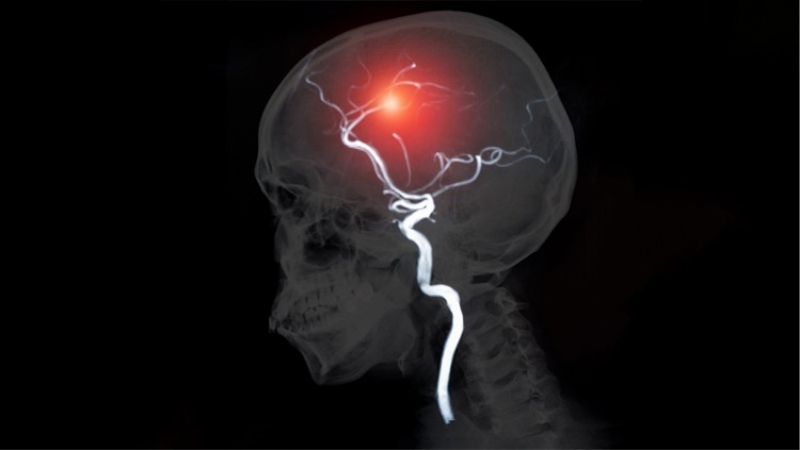What is a stroke
It is never a good time to get a stroke, as the results are catastrophic. When a blood vessel in the brain ruptures and bleeds it is called a stroke. The rupture prevents blood and oxygen from reaching the brain tissues. Without oxygen, brain cells and tissues get damaged and could die within minutes.
Types of strokes
- Ischemic:
According to the CDC, the majority of strokes fall under this category. In the case of Ischemic stroke, arteries supplying blood to the brain become narrow or blocked. These blockages are caused by blood clots or severely reduced blood flow.
- Hemorrhagic Stroke
It occurs when a brain artery ruptures open or leaks blood. The brain cells face severe pressure due to the leaked blood thereby damaging them.
- Transient Ischemic Attack
This happens when there is a temporary blockage in the flow of blood to the brain. It is often called a warning or a mini-stroke because blood flow to the brain is blocked usually, for not more than 5 minutes.
Symptoms
Symptoms of stroke show up depending upon the body parts controlled by the damaged areas of the brain.
Stroke symptoms might include:
- Paralysis or facial drooping
- Numbness or weakness in the arms, face and leg, especially on either side of the body.
- Slurring speech and difficulties in understanding
- Imbalance, difficulty in swallowing, the onset of vertigo or coma
When any of the above symptoms are noticed, the patient should be immediately rushed to the hospital.
Diagnosis
For diagnosing a stroke the doctor usually performs brain scan like MRI( Magnetic Resonance Imaging) or CT ( Computer Tomography). The scan reports help doctors decipher whether there is internal bleeding or a clot inside the brain.
Treatments
- Ischemic Stroke is administered by an injection that dissolved the brain clot. The injection is called recombinant tissue plasminogen activator and has to be pushed within 3 hours of the stroke. the time window is extended to 4.5 hours in some cases. Another minimally invasive procedure is Mechanical Thrombectomy which is used on patients who are out of the specified time window. The procedure involves using a stent to remove the clot in the artery and smoothen the blood flow.
- Hemorrhagic Stroke has multiple types of treatments depending on the locations, size, type of artery, whether it has ruptured or not. One of them is Microvascular clipping. It is a surgical procedure wherein the skull of the patient is cut open and a small clothes pin like pin is clipped on the neck of the artery. Other alternatives include insertion of coils in the swollen wall of the artery to prevent bleeding or the usage of PipelineTM Embolisation device to divert the flow of blood from the aneurysm.
Rehabilitation
To recover from a stroke that has an intense effect on life, certain therapies and support systems could be included like:
- Speech therapy: practice saying syllable words and eventually increasing the speed and syllables.
- Occupational therapy: helps in getting body movements back.
- Friends and family: Close circle could be of beneficial help during this time both physically and emotionally.
With these therapies and support system and a strong determination to get back, there is always hope for the patient to get back to the normal routine over time.
Prevention
With the advancement in medical science, prevention is possible to a certain extent when some basic guidelines like a balanced diet, regular exercise, meditation, etc are religiously followed.
